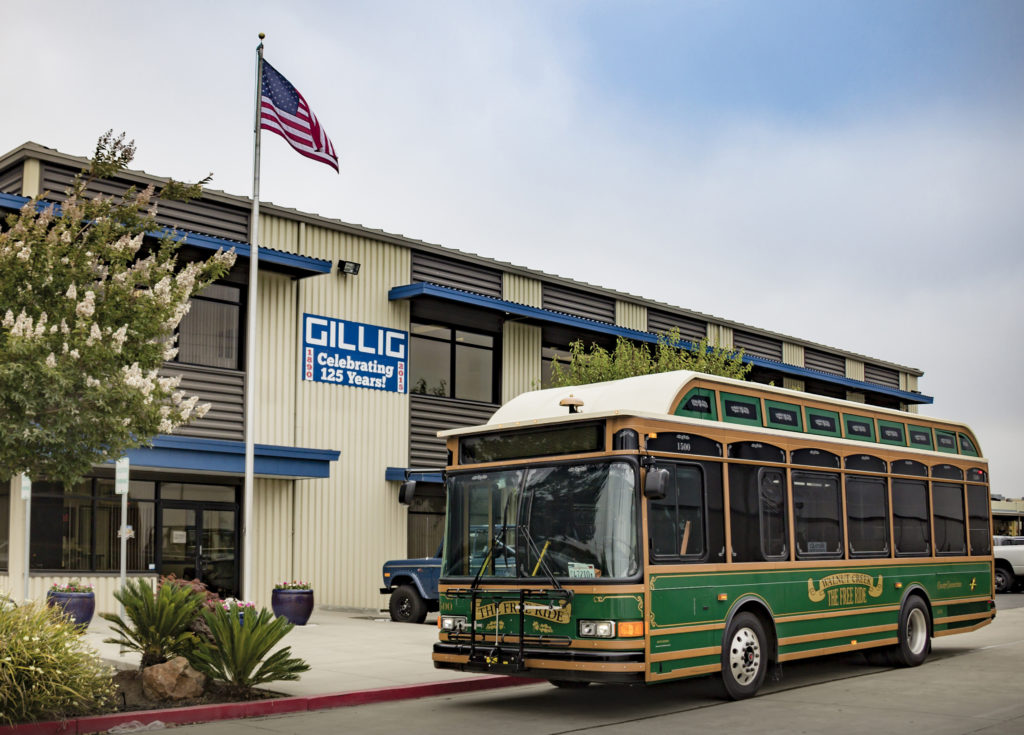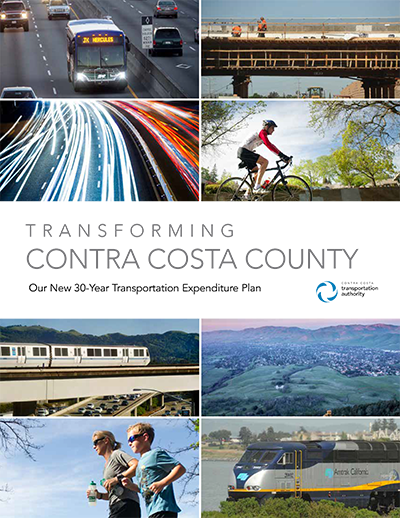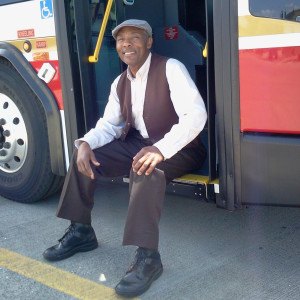County Connection – Moving Forward
In late July, the Federal Transit Administration (FTA) announced that County Connection is one of 20 transit agencies in the United States to be selected as the recipient of a competitive grant of nearly $2.7 million to contribute towards the purchase of four 29-foot all battery-electric buses. This news comes as County Connection is about to introduce its wireless all electric trolley in downtown Walnut Creek this fall (exact date to be announced soon). Both of these projects are the result of the unique and innovative partnership between East Bay Area manufacturer GILLIG Corporation, New York-based BAE Systems, and Salt Lake City-based Wireless Advanced Vehicle Electrification Inc. (WAVE).
These three American companies have come together to build a 29-foot electric bus that is inductively charged while on-route and while sitting at the bus yard. This ability will greatly extend practical operating range and battery life. Adequate operating range and battery life cycle costs are two of the biggest challenges facing transit today when asked to begin to transition from conventionally fueled buses to zero emission-based buses. By effectively making progress on these two challenges, County Connection’s two projects will demonstrate opportunities that could transfer these innovations throughout public transit agencies in this country.
 Once we take delivery of the last of the new buses in late 2017 or early 2018, County Connection will have eight all electric buses – which will represent approximately 8.7% of our peak bus deployment.
Once we take delivery of the last of the new buses in late 2017 or early 2018, County Connection will have eight all electric buses – which will represent approximately 8.7% of our peak bus deployment.
Of course none of this would be possible without the funding supplied by the FTA. Our first project received over $4 million from the FTA in Clean Fuels funding from the Safe Accountable Flexible, Efficient Transportation Equity Act (SAFETY-LU). This was awarded to us because the wireless electric trolleys that we are purchasing are using a unique and original prototype design.
The July announced funding is through FTA’s Low-No grant program, which is supported in the recently enacted Fixing America’s Surface Transportation Act (FAST). These funds will augment other FTA funds that we receive on a formula basis, as well as state transportation funding. Without these critical federal funds, County Connection could not integrate a new generation of advanced, non-polluting transit buses into our fleet.
The application process for the Low-No Emissions funds was extraordinary. Out of the $55 million awarded nationwide, County Connection beat out a large number of applicants to secure $2,684,311 from this program. All of us at County Connection are grateful to those that helped us put forward a winning proposal.
The project application was a joint effort between County Connection and The Center for Transportation and the Environment (CTE). CTE is a non-profit organization that offers an array of services to help transit operators determine when, where, and how they should consider implementing zero emission based buses into their services and fleets. CTE was instrumental in helping us determine some of those factors and using that knowledge to feed into our application. CTE is doing this all over the country. As a result of CTE’s work, the public transit industry is able to effectively and smartly move more quickly into the world of zero emission-based buses.
Also instrumental in the application process was BART, PG&E, the Contra Costa Transportation Authority (CCTA), the Metropolitan Transportation Commission (MTC), GILLIG Corporation, BAE Systems, WAVE, Inc. and Congressmen Mark DeSaulnier, Eric Swalwell, and Mike Thompson. Through this strong partnership of many players, County Connection is going to be able to deploy eight all electric buses over the next two years. This will reduce air pollution and greenhouse gases. At the same time, these projects are being managed in a way where our services will not be at risk of being diminished. Rather our service will be enhanced, just like our other technologically advanced projects implemented over the past few years.





